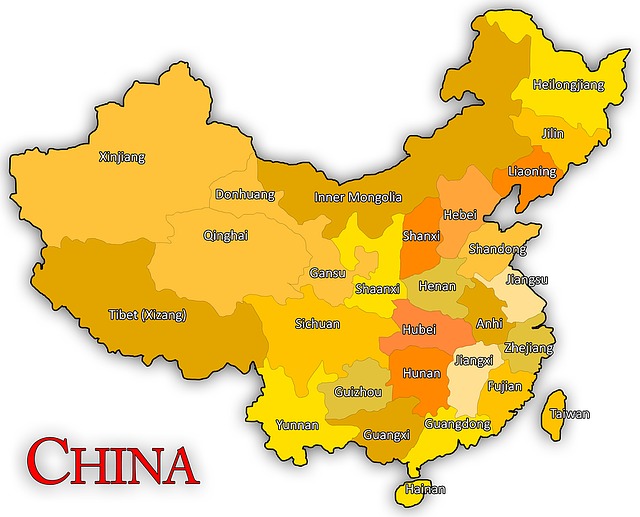The China National Health and Family Planning Commission that 18 additional human cases of avian influenza A(H7N9), including two deaths, were recorded from March 17 to 23.

The 11 male and seven female patients, aged from 37 to 86, had their onset from March 9 to 15. The cases were five cases from Guangxi, four cases in Hunan, two cases each from Hubei and Zhejiang and one case each from Anhui, Fujian, Guizhou, Henan and Jiangxi. Among them, 16 were known to have exposure to poultry or poultry markets.
According to the Hong Kong Centre for Health Protection (CHP) s of Mar. 18, 1329 human cases of avian influenza A(H7N9) have been reported since 2013.
Avian influenza is caused by those influenza viruses that mainly affect birds and poultry, such as chickens or ducks, according to the CHP.
Clinical presentation of avian influenza in humans includes eye infection (conjunctivitis), flu-like symptoms (e.g. fever, cough, sore throat, muscle aches) or severe respiratory illness (e.g. chest infection). The incubation period ranges from 7 to 10 days. The more virulent forms can result in respiratory failure, multi-organ failure and even death.
People mainly become infected with avian influenza through close contact with infected birds and poultry (live or dead) or their droppings. Human-to-human transmission is inefficient. People in close contact with poultry are more susceptible to contracting avian flu. The elderly, children and people with chronic illness have a higher risk of developing complications such as bronchitis and chest infection.
Related:


One thought on “China: 18 additional H7N9 avian influenza cases reported in past week”